What Are The Reasons For Hairfall?
Almost everyone experiences some amount of hair thinning over the years. Shedding around 50 to 100 single strands of hair per day is considered normal. However, losing more than 150 strands a day, experiencing sudden thinning, or developing circular bald patches on your scalp are reasons for concern. Hair loss occurs when new hair doesn’t grow fast enough to replace the amount of hair you lose daily. Hair can fall due to various reasons, with hereditary hair loss and poor nutrition being the most common hair fall reasons.
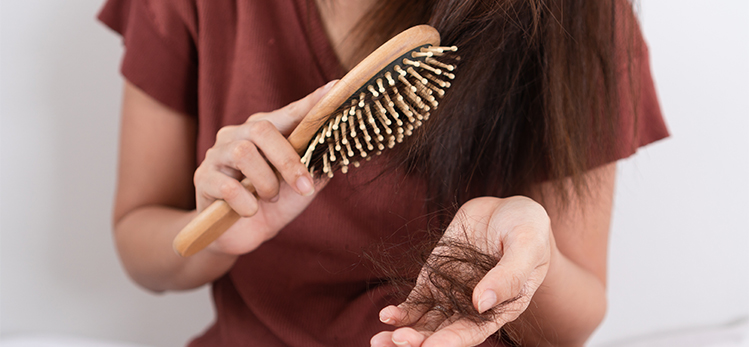
Eight Most Common Hair Fall Reasons
Hair fall is a problem faced by millions across the world. Hair fall can be of many types, and it can be either temporary or permanent. It can be triggered by various reasons, the most common of which are:
1. Certain medications
One of the top hair fall reasons is the regular intake of certain medications. Blood thinners, drugs to treat certain skin conditions, anabolic steroids, chemotherapy, and medicines prescribed for conditions like high blood pressure, heart diseases, arthritis, etc., can lead to hair fall.
2. Hereditary hair loss
While hereditary hair loss is more common in men (male pattern hair loss), it can also affect women (female pattern hair loss). Medically, hereditary hair loss is called androgenetic alopecia. In rare cases, hereditary hair loss can start manifesting in teenagers, but it generally begins later in life.
3. Nutritional deficiencies
Malnutrition and deficiencies of certain vitamins and minerals can cause hair fall. If you are not consuming enough protein or not getting adequate amounts of zinc, biotin, iron, or vitamin D, you may start experiencing hair loss soon. Such hair loss can be reversed by eating a balanced diet and supplementation.
4. Aging
With age, the rate of hair growth slows down. This may lead to some thinning of hair in both men and women. Aging-related hair loss is more gradual.
5. Childbirth
Childbirth is considered one of the top hair fall reasons in pre-menopausal women. Hormonal changes due to pregnancy and childbirth can lead to temporary hair loss.
6. Stress
Being exposed to a stressful environment for a prolonged period can cause your hair to fall out gradually. Hair fall can also be triggered by an intensely stressful event like the death of a loved one or the loss of income. Stress-induced hair fall is mostly temporary
7. Hormonal imbalance
Hormonal imbalance is a major hair fall reason in women suffering from health issues like polycystic ovary syndrome (PCOS), polycystic ovarian disease (PCOD), and thyroid disorders. Abruptly stopping taking birth control pills can also cause a temporary hormonal imbalance and lead to hair loss.
8. Underlying medical conditions
Sometimes, excessive hair fall could indicate a more serious underlying medical condition, such as cancer, hypothyroidism, diabetes, lupus, or scleroderma. In such cases, the underlying conditions need to be treated first before you can tackle the hair loss.
Is Hair Fall Treatable?
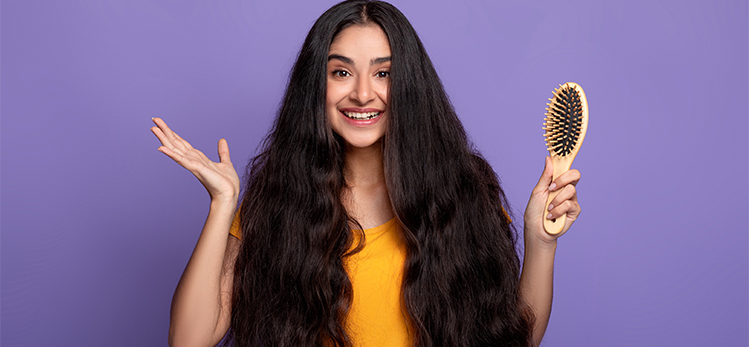
In many cases, hair fall is temporary and treatable. Even cases of severe hair fall can be managed with timely treatment, reducing stress, maintaining a healthy lifestyle and diet. Here are a few known treatment options that a dermatologist can suggest for you:
1. Topical Minoxidil
Topical Minoxidil is a prescribed medication that can show good results in individuals suffering from androgenetic alopecia (AGA). This treatment needs to be adhered to consistently for three to four months for visible results and should be taken only as per the instructions of your dermatologist.
2. Finasteride
Another popular drug prescribed to treat hair loss due to androgenetic alopecia in males, finasteride works by halting the conversion of testosterone into dihydrotestosterone (DHT), a hormone that can cause hair loss. This treatment is effective only for men suffering from male pattern hair loss. It is not safe for women or teenagers. This medication should be used only when instructed by your dermatologist.
3. Low-level laser therapy (LLLT)
Low-level laser therapy (LLLT) is a non-invasive light source treatment that is gaining popularity as a hair loss treatment. Preliminary research has shown that LLLT is a safe and effective hair growth option for both men and women. More research is needed to determine the optimum wavelength and coherence parameters.
4. Hair transplantation
In cases of severe hair loss, some people may opt for hair transplantation. In this procedure, segments of skin from parts of the scalp containing active hair follicles are surgically transplanted to bald spots. Follicular unit transplantation (FUT) and follicular unit extraction (FUE) are the most common hair transplantation techniques used.
5. Corticosteroids
Corticosteroids are anti-inflammatory medication that closely resembles cortisol. Your dermatologist might treat hair loss due to alopecia areata by injecting corticosteroids directly into the affected areas. Corticosteroids may also be taken orally. While the medication may be effective in treating alopecia areata at least temporarily, it can lead to some unpleasant side effects.
In Closing Thoughts
Hair loss and baldness are common issues that can be caused by several reasons. Some of the most common hair fall reasons are heredity, malnutrition, certain medications, aging, and underlying health conditions. In some cases, hair loss is only temporary and can be reversed by adopting a healthier lifestyle and supplementation. In other cases, your dermatologist might prescribe you medication depending on your type of hair loss, or suggest hair transplantation in more severe cases. It is important to consult a dermatologist and get a proper diagnosis before beginning any hair growth regime. Maintaining a healthy and stress-free lifestyle and nutritious meals are also very important for optimal hair care
Myth Busters HairFall
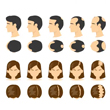
Androgenetic Alopecia - Everything You Need To Know
Have you been experiencing excessive hair fall over a prolonged period of time? It could be an early sign of androgenetic alopecia. It is a hair loss disorder common in both genders and can lead to progressive thinning and even baldness in some patients if not caught and treated early.

How To Make Hair Grow Faster For Men
A head full of healthy hair is a matter of confidence. Hair has its own mechanism of growing and shedding, and it is when this mechanism is thrown off that growth is hindered. Especially in the case of males, hair growth faces a lot of hiccups that can easily be managed.
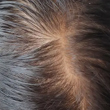
Female Pattern Baldness - Causes & Treatments
Have you suddenly noticed an increase in the number of hair strands on your pillow in the morning? Or is your ponytail getting thinner by day? Well, you might be suffering from female pattern baldness. While that does sound scary, identifying it early on is key to treating this condition effectively. So keep reading to know what this is, how you can identify it, and most importantly, what treatments you can avail of to get your beautiful lustrous hair back.
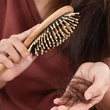
What Are The Reasons For Hairfall?
Almost everyone experiences some amount of hair thinning over the years. Shedding around 50 to 100 single strands of hair per day is considered normal. However, losing more than 150 strands a day, experiencing sudden thinning, or developing circular bald patches on your scalp are reasons for concern. Hair loss occurs when new hair doesn’t grow fast enough to replace the amount of hair you lose daily. Hair can fall due to various reasons, with hereditary hair loss and poor nutrition being the most common hair fall reasons.

Expert Approved Tips For Hair Growth
What can be more debilitating than seeing hundreds of hair strands shedding from your scalp every time you brush your hair? Also, excessive molting occurs during seasonal changes that can be very stressful for you. Although it’s okay to lose between 50-100 strands every day, according to the American Academy of Dermatology, the problem occurs when you start shedding more than normal. But that doesn’t mean you have to feel helpless as there are ways to grow your hair back. Even if you are coping with baldness or alopecia, certain hair growth tips from dermatologists can come to your rescue. Read on to discover how these tips can be your savior when abnormal hair fall problems are in sight.
Trending Videos
+ 6 Sources
LMRC - GGI-CO-A2-DMA-300026126-300026126-WM-J21-413
© 2021 Dr. Reddy’s Laboratories Ltd. All rights reserved.